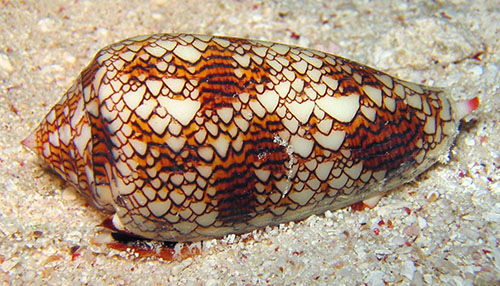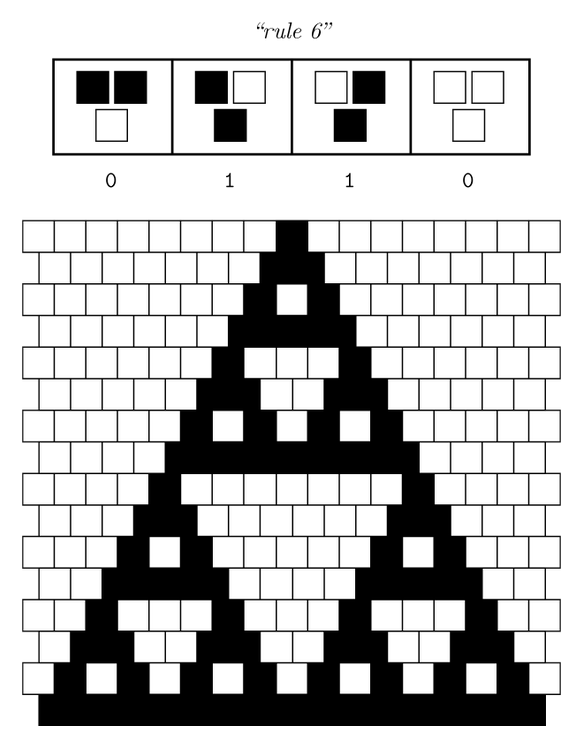Team:ETH Zurich/project/overview/summarysimple
From 2014.igem.org
| Line 13: | Line 13: | ||
</style> | </style> | ||
<IMG SRC="https://static.igem.org/mediawiki/2014/d/d9/ETH_Zurich_GridGlowing.png" USEMAP="#map"> | <IMG SRC="https://static.igem.org/mediawiki/2014/d/d9/ETH_Zurich_GridGlowing.png" USEMAP="#map"> | ||
| - | <map id="map" name="map" class="tooltip"><area shape="circle" alt | + | <map id="map" name="map" class="tooltip"><area shape="circle" alt="" coords="281,26,17" href="" target=""id="age" title="We ask for your age only for statistical purposes." /></map> |
</html> | </html> | ||
Revision as of 10:04, 30 September 2014

Mosaicoli : from simplicity to complexity with biologic gates
What if these surprising patterns on sea snail shells would come from a simple rule, followed by all cells on the shell ?
For example in the picture below, you can see that the same kind of pattern appears, if every cell decides of its state (white or black) depending on the state of the 2 cells above it. This rule is called an XOR gate : if one of the two cells above is ON, the cell below them is ON, if both cells above are ON or if both cells above are OFF, the cell below is OFF.
As a matter of fact, many of the complex patterns you can see in nature come from simple rules. It is the case for hurricanes, flocks of birds, neural networks... We call this phenomenon emergence. Emergent phenomena are not predictable from the initial conditions and this is why they surprise us. If you are interested in emergence of complexity in general, you can read more about the background of our project.
We are driven by our fascination for the emergence of complexity and try to make these snail shells patterns, called Sierpinski triangles, emerge on our own grid of bacteria. To achieve this goal, we follow a synthetic biology approach : we implement the rule that leads to emergence of these patterns in the DNA of these bacteria.
This way, Mosaicoli not only investigates how a complex pattern can emerge from simple rules, but also develops new tools for controlling communication between cells and implementing reliable biological circuits. For a more detailed description of our goals, go to the Goals section. For an outlook on the possible applications of our project, jump directly to Applications and outlook.
 "
"

